Prof. em.
Andreas Loeschner-Gornau
German Artist
Andreas Loeschner-Gornau
German Artist
 Vita
Vita
my Online Store
my YouTube channel
my Music Compositions
Older ArtWorks:
Work Until 2011 Work 2012-16"Apostel"
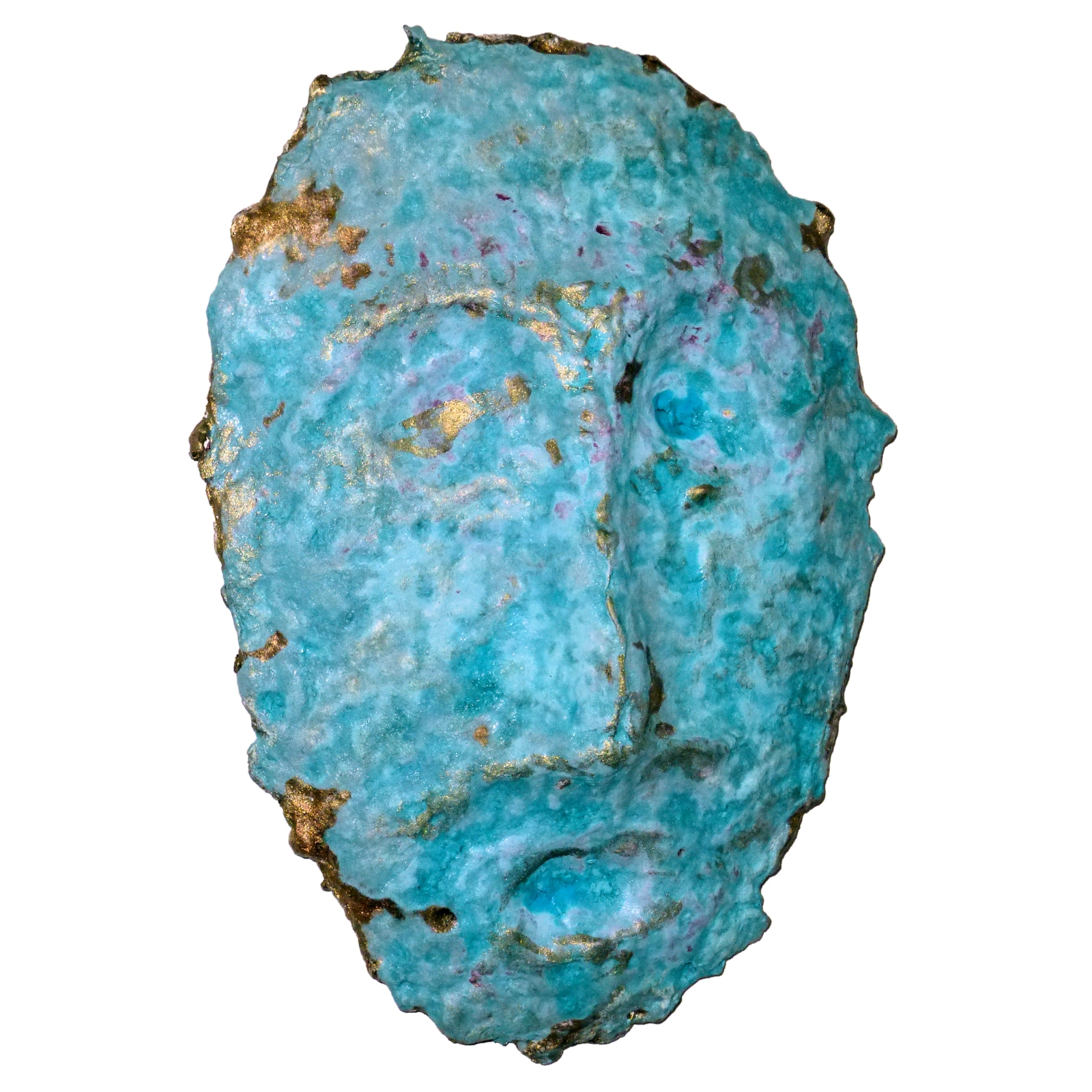
PLA Patina 30cm
"Ares"
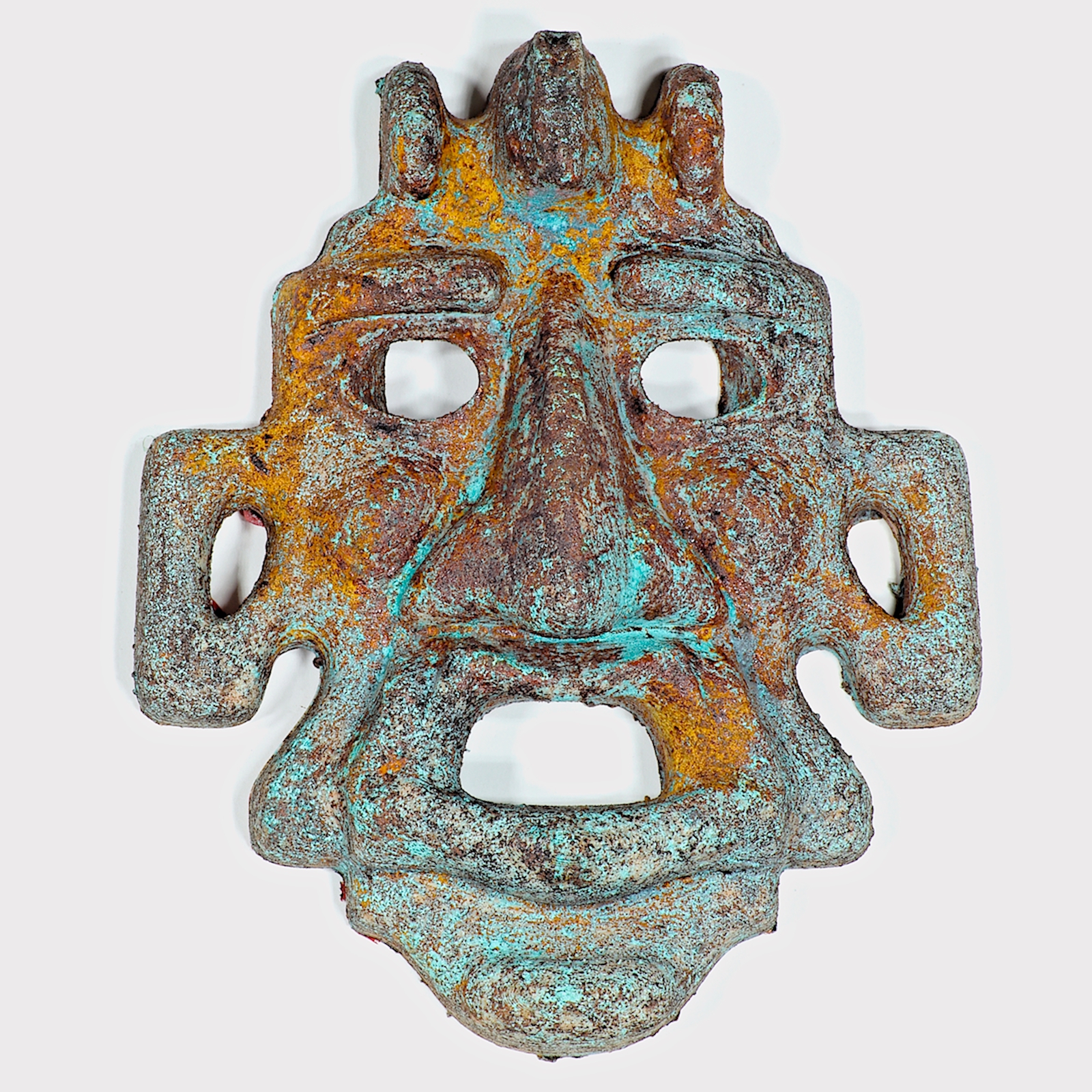
PLA, Patina, Iron 30cm
"Hephaistos"
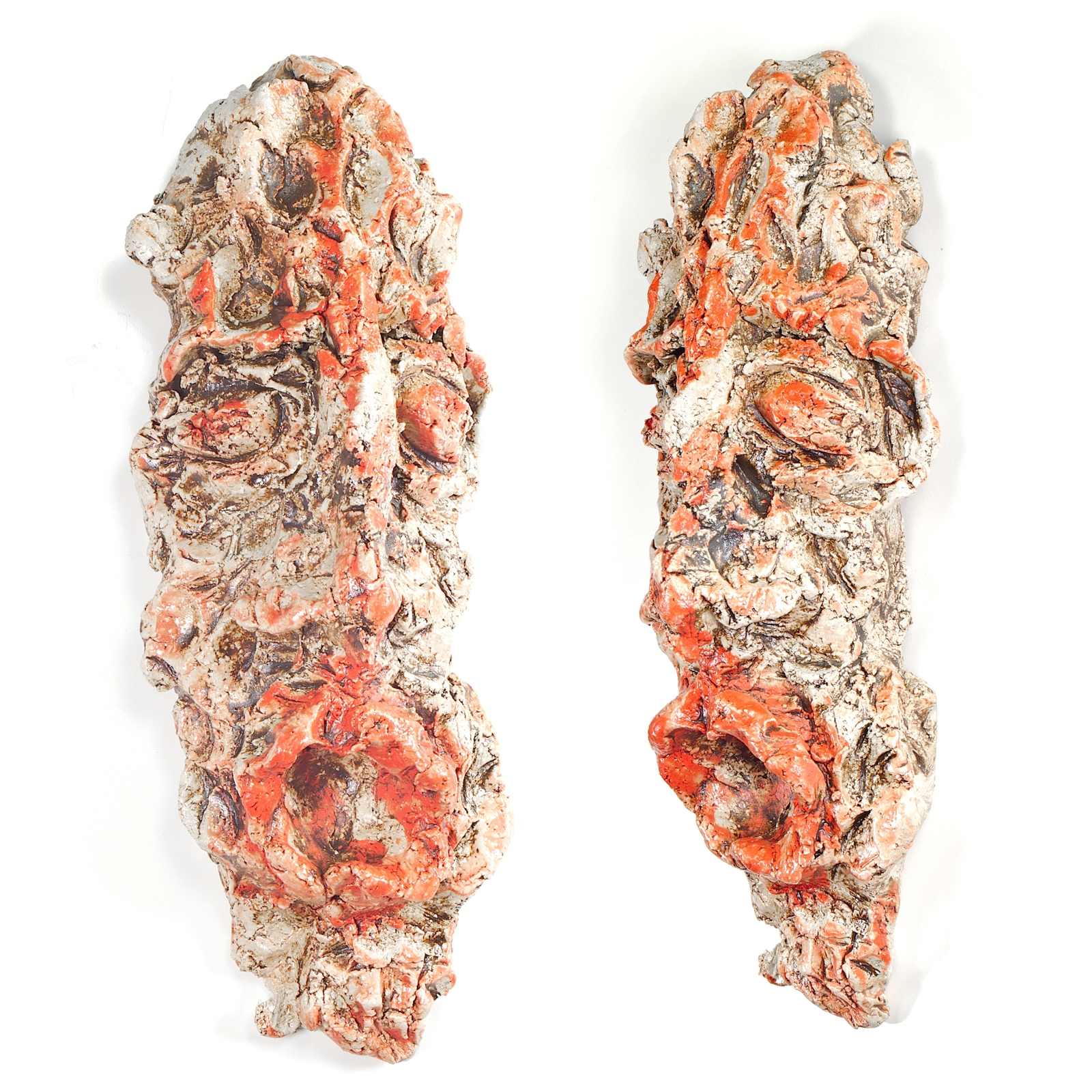
Ceramics, Stoneware 40cm
"Thanatos"
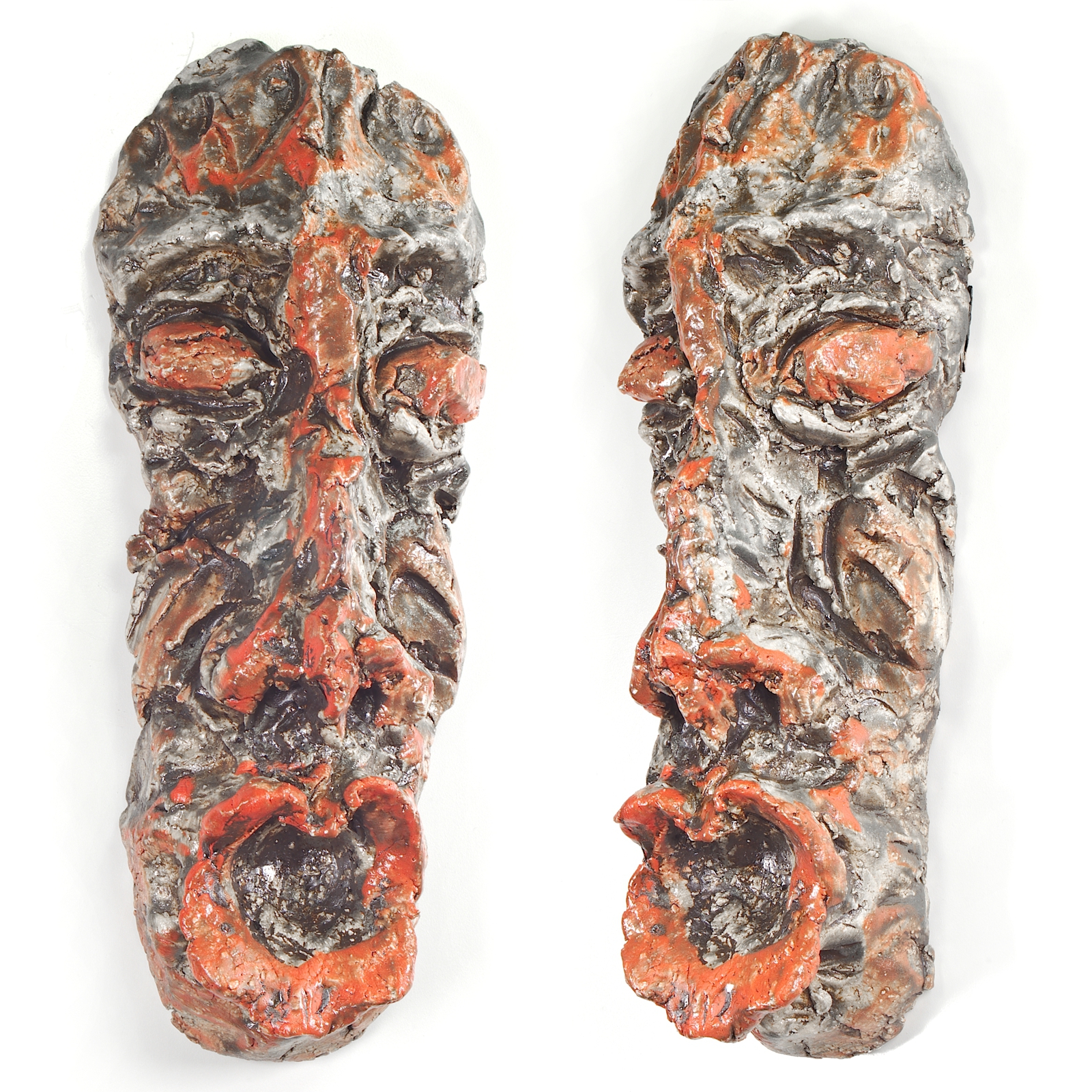
Ceramics, Stoneware 40cm
"Mars"
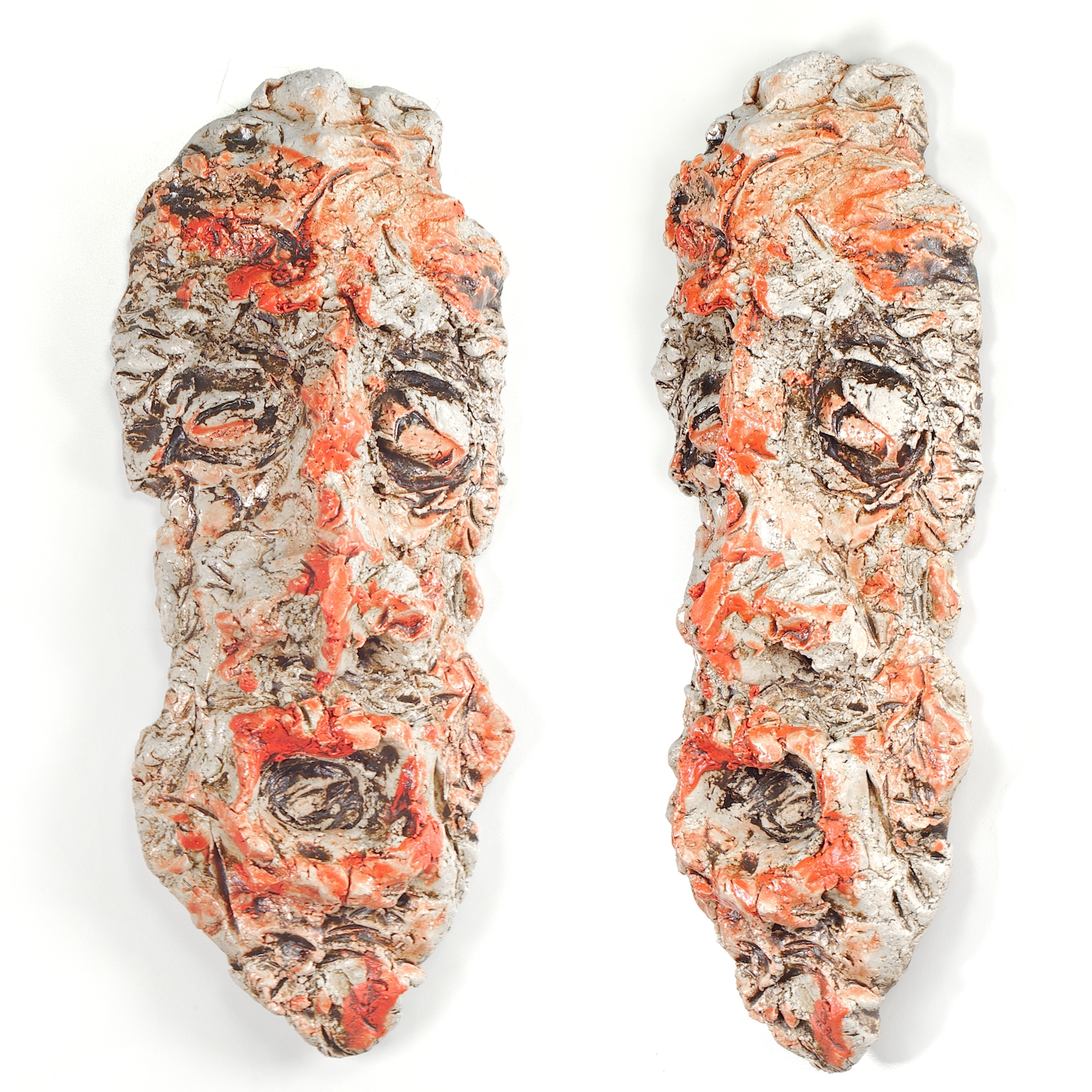
Ceramics, Stoneware 40cm
"Maske"
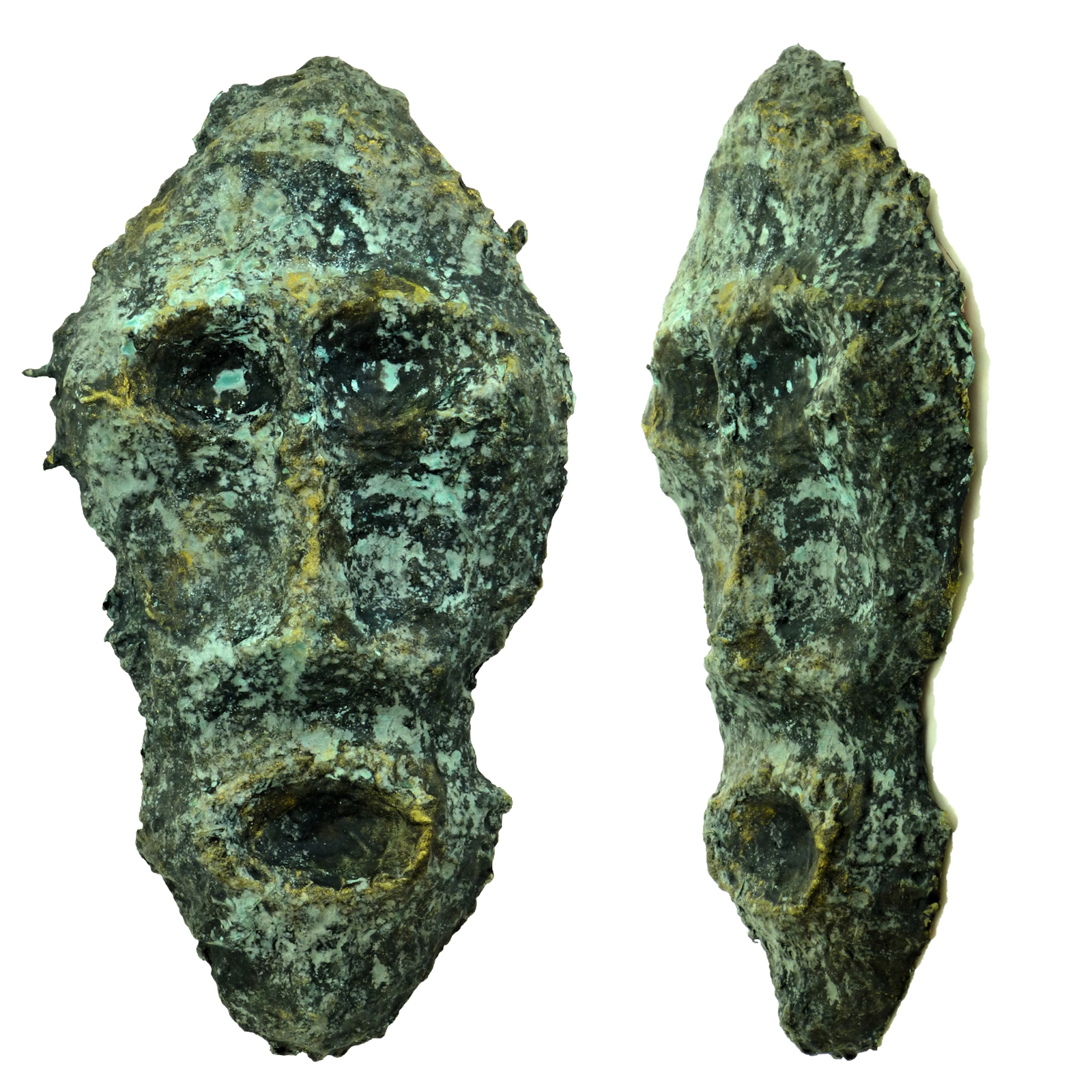
PLA, Patina, Iron 30cm
"Perseus"
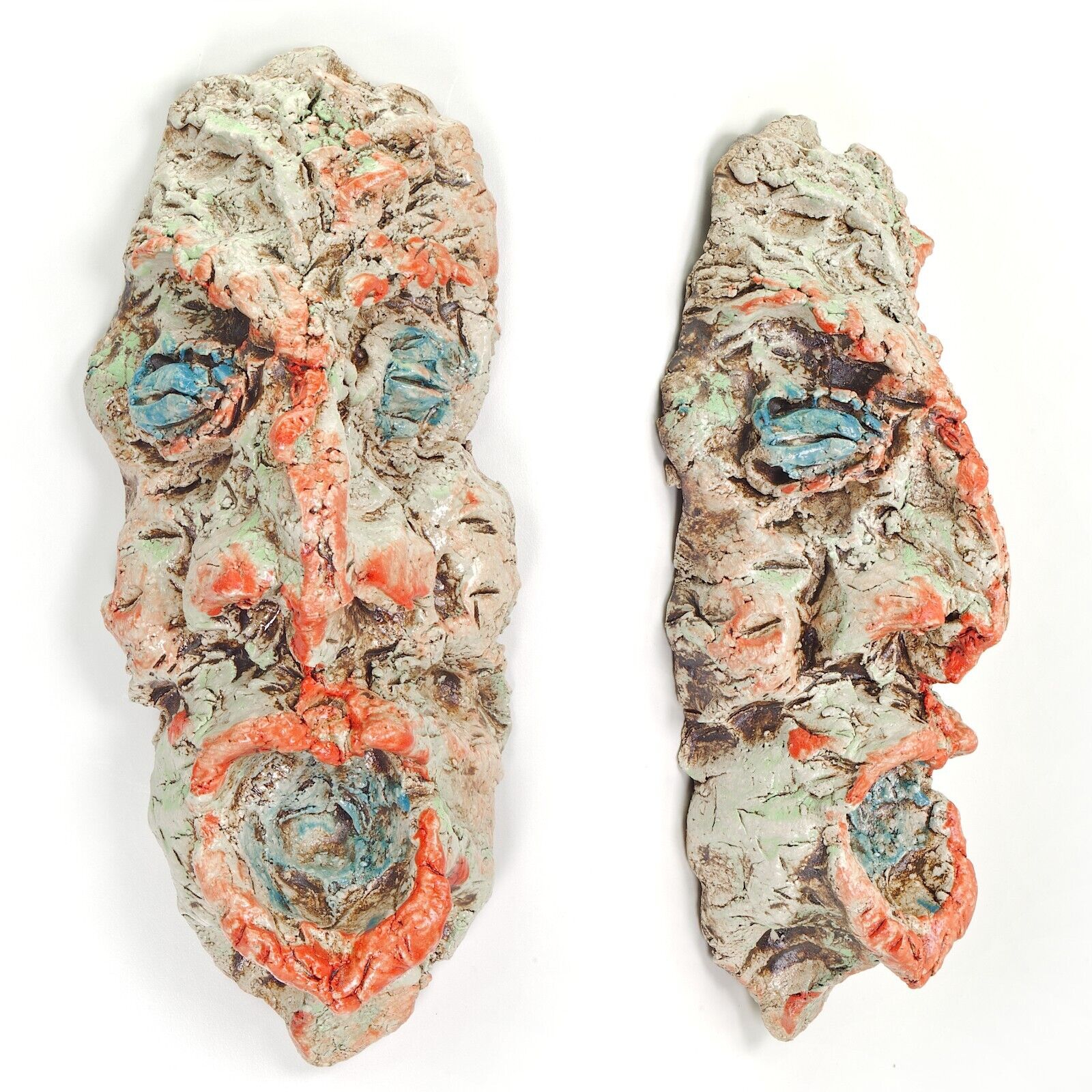
Ceramics, Stoneware 40cm
"Morpheus"
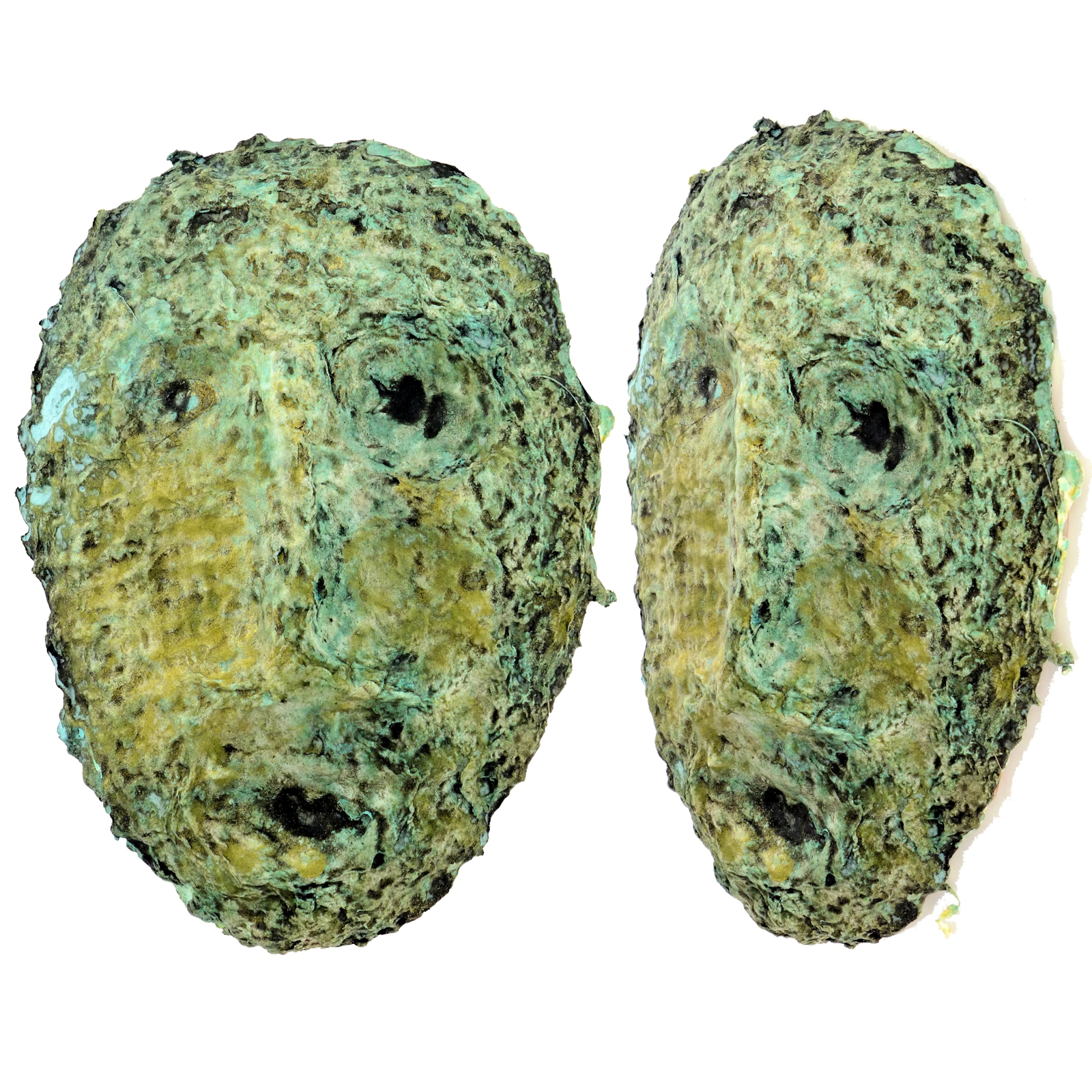
PLA, Patina, Iron 30cm

"Apostel" PLA Patina 30cm

"Ares" PLA, Patina, Iron 30cm

"Hephaistos" Ceramics, Stoneware 40cm

"Thanatos" Ceramics, Stoneware 40cm

"Mars" Ceramics, Stoneware 40cm

"Maske" PLA, Patina, Iron 30cm

"Perseus" Ceramics, Stoneware 40cm

"Morpheus" PLA, Patina, Iron 30cm